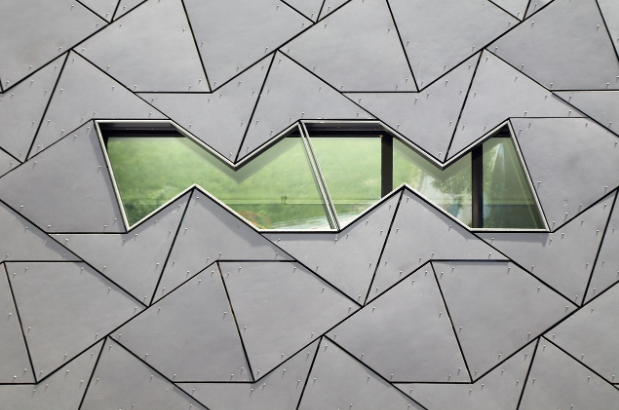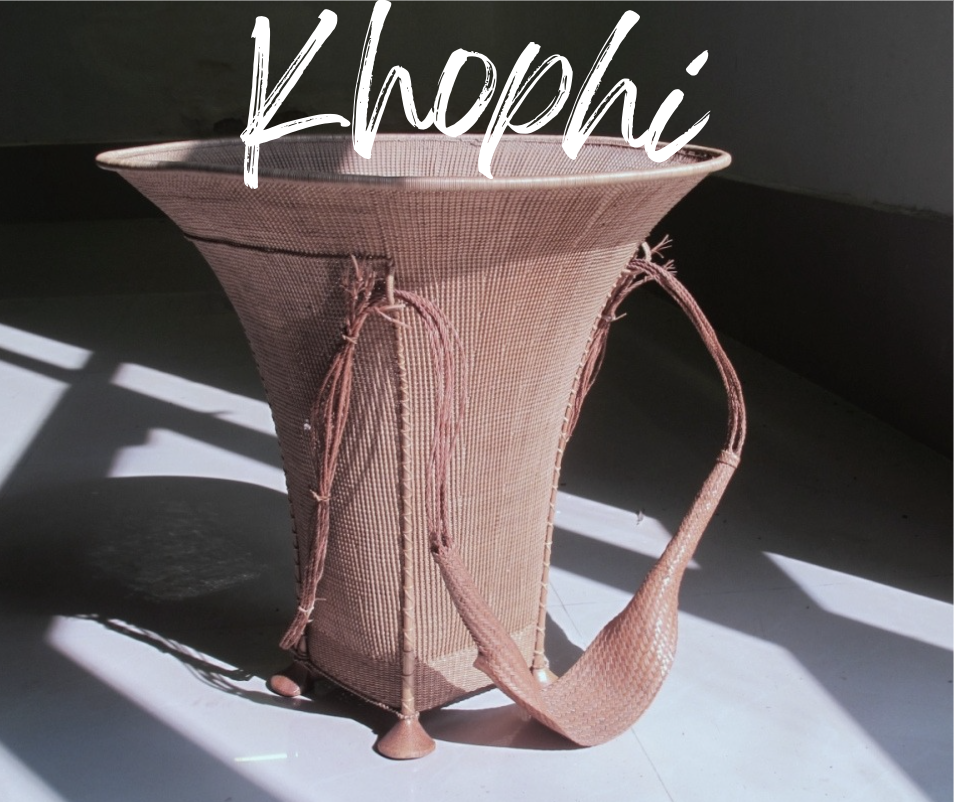6 Steps To Developing Fabric Based Product Designs
Dec 24, 2022 | Medini Perera
 There are 28 different fabrics in the world currently and fabric is used to create several different products ranging from clothes and cases to furniture and lighting.There are over 100 billion fabric based garments alone.. The industry is a global one that is thriving in the current global economy, however developing fabric based products is not an easy task. We have broken down the process into 6 steps each will describe a different element of the process in detail. Starting off with …
There are 28 different fabrics in the world currently and fabric is used to create several different products ranging from clothes and cases to furniture and lighting.There are over 100 billion fabric based garments alone.. The industry is a global one that is thriving in the current global economy, however developing fabric based products is not an easy task. We have broken down the process into 6 steps each will describe a different element of the process in detail. Starting off with …
Step 1 : Research and ideation
The first step in the development of any good or service is research and ideation. Products made from fabric can enter into several different industries, it can go into clothing, bags, shoes, packaging, lighting, furnishing and many more sectors, which is why it is important to come up with an innovative and new product to actually catch the attention of consumers. To create an innovative product it is imperative to research the sector you plan on entering, Research your competitors, consumer demands and needs, current and future trends in your sector and different sourcing, manufacturing and sales outlets. It is important that the goods you create satisfies a consumer want or need and is capable of matching competitor products in at least one aspect of price, quality and aesthetic and function.
Step 2 :Sketching and prototyping
Sketching and prototyping will be the step that brings your idea to life. Having an image i your head and ana actual functioning product are two very different realities. A prototype allows for mistakes and possible defects to be omitted. This is where criticism is the most important. When specifically discussing fabric based products there are 3 main aspects to focus on in the sketching and prototyping phase.
1.Material research - selecting the ideal material is arguably the most important part, when creating a product it is important to understand the intent of the product, what will happen with the product throughout the course of its use with the consumer , what will the material need to withstand and adhere to. The following shows the different fabrics and their uses.
2. Component selection - Most products made from fabric require additional components to complete it, this include and is not limited to zips, buttons, fastenings and others. These components will hold the final product together in some form and are vital, that is it is just as functional and durable to the scenario it will be used in as the material used to create the product.
3. Construction - This is where the final product is created and put together. Most times these prototypes will fail, but do not let this bring you down. When designing prototypes, the construction phase is where all the mistakes and defects should occur. This allows for correction and higher quality products put into the market. Remember your goal: you want consumers to purchase this and to guarantee that the product itself should be of great quality and functionality.
Step 4 : Creating a production plan
In this step you need to determine the steps needed to produce the product on a larger scale, including any necessary equipment, labour, and materials. It is important to have 4 documents before you progress any further in this step.
1.Flat pattern pieces - Digital cut and sew templates drawn to scale in DXF and PDF formats which are compatible with factory machinery.
2.Line drawings - Line drawings of the product specifying components and points of measure where necessary.
3.Material specifications - Fabrics and components used to make the product. It usually contains fabric compositions and weights.
4.Bill of materials (BOM) -A table of components listing each component, its quantity, and the manufacturing process required.
If you choose to do these on your own or hire a third party to do this step for you. There are several advantages to doing it on your own or hiring a third party. However the decision should be based on scale. If you are focusing on handmade small batch products, hiring out may not be the answer however, if mass production is your goal then a third party may be the best option, below is a list of advantages for each option.
Step 5 : Selling your product.
To sell a product successfully, marketing is very important. To start of you should have the following created,
Website
This is a direct website where consumers can purchase your product, all product information, backstory, goals and mission of your product should be detailed. The website itself should be carefully curated to what consumers will come in looking for. Ensure your page is fast, simple and efficient to get through. Think of what you hate when you use a website and make sure yours doesn't have it.
Social Media.
This is where consumers discover your product. Your goal should be for your different social media platforms to link together where you can collect consumers and nurture them. Remember visibility is key consumers need to see your product an average of 6-7 times before they actually purchase it.
Retailers.
Online and physical retailers are great ways to get your product out there, but remember to be careful of who you partner with and have tight contracts. A bad reputation can harm your products very quickly in this time much more than it ever could before.
Trade shows
A great way to be discovered by customers and major retailers, you're likely to get a large retailer interested in your product if it matches their description, you will also be likely to find partners for sourcing and manufacturing.
Citations
How to launch a new fabric product: Innovate Design. Innovate Product Design. (2022, February 4). Retrieved December 20, 2022, from https://innovate-design.co.uk/fabric-and-textile-design/
28 types of fabrics and their uses - 2022. MasterClass. (n.d.). Retrieved December 20, 2022, from https://www.masterclass.com/articles/28-types-of-fabrics-and-their-uses
Recommended








